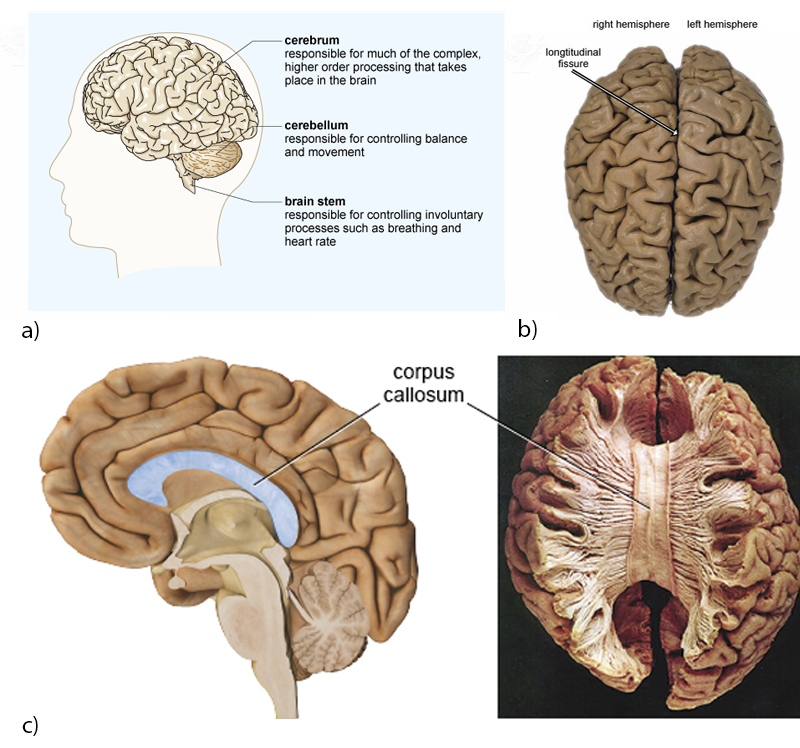
Figure 1 (a) the human brain viewed from the side and (b) in a photograph from above. (c) Left: a cut-away view through the middle of the brain. Right: A post-mortem human brain sample with top layer removed.
Personalise your OpenLearn profile, save your favourite content and get recognition for your learning